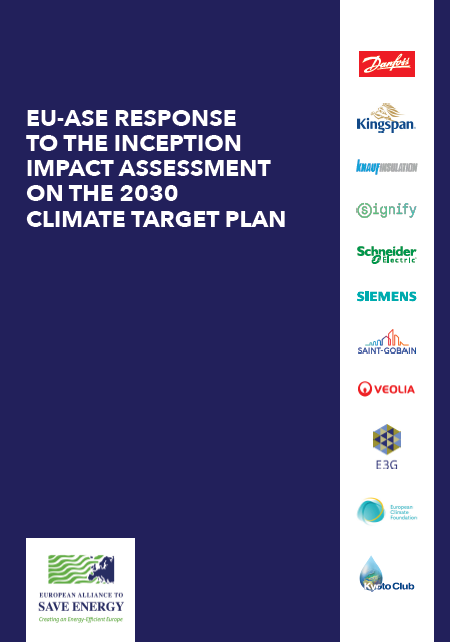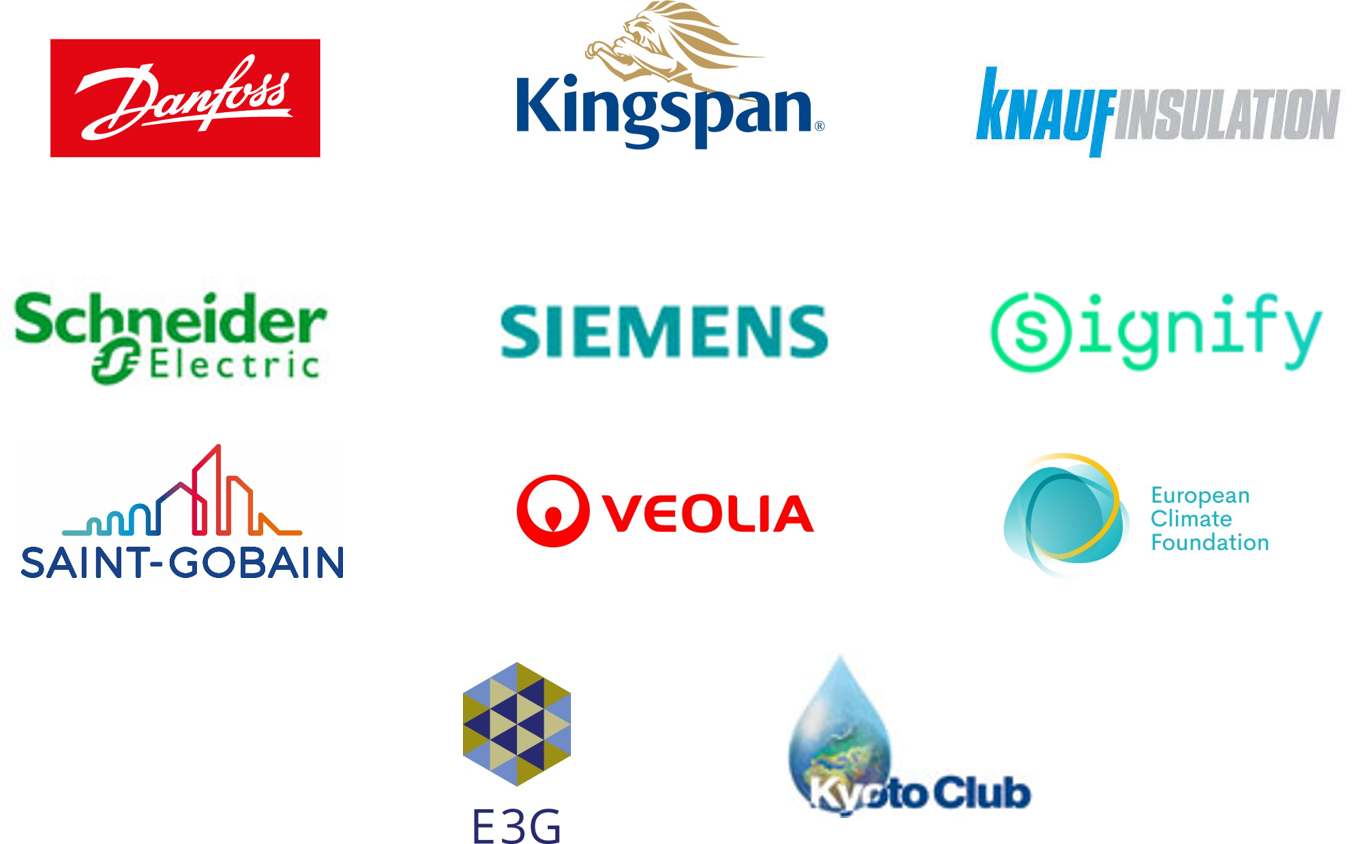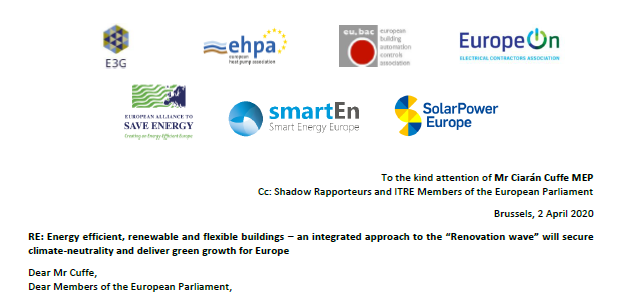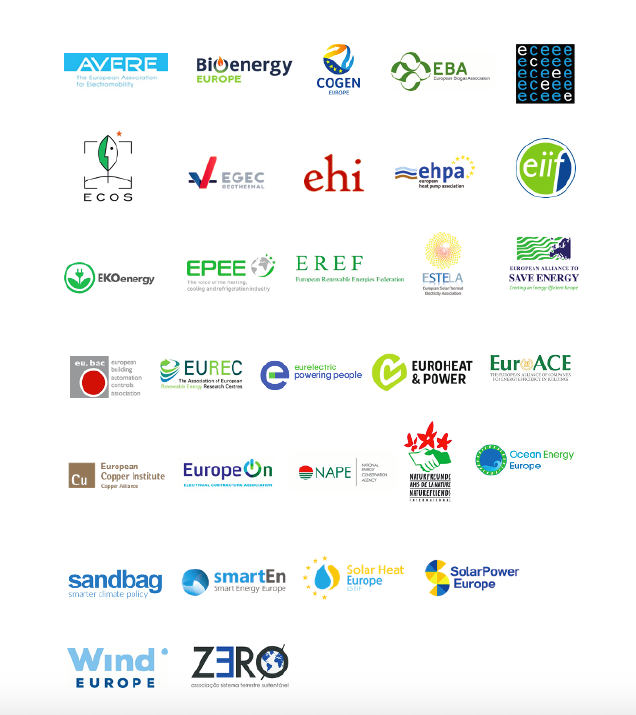EU-ASE response to the Inception Impact Assessment on the 2030 Climate Target Plan

As European businesses and investors having energy efficiency and energy demand reduction at the heart of our activities, we strongly support President Ursula von der Leyen’s commitment to set the EU on a path to becoming the world’s first climate neutral continent by 2050 at the latest.
In view of this goal, we believe that the 2030 greenhouse gas emissions reduction target must be increased from the current 40% to at least 55% because a more ambitious target will put the EU on a more gradual and sustainable pathway to climate neutrality by 2050. An increased 2030 target is also critical because it reflects the absolute urgency, underlined by the IPCC latest Special Report on the impacts of global warming, to address climate change and reduce to minimum GHG emissions in the next ten years.
A growing number of Member States are already committed to increasing their climate ambition. A target of at least 55% by 2030 at the EU level is also feasible from both technical and economic point of view and, according to the European Commission’s own analysis, it is likely to lead to a net increase in GDP of 2%, a surge in employment and a reduction in costs linked to fossil fuel imports and health damages.
We believe that increasing the 2030 GHG target to at least 55% requires a comprehensive assessment which will consider the impact of such policy decision both in terms of direct benefits (e.g. employment, reduced energy costs and import dependency, competitiveness) as well as avoided costs (e.g. environmental damages, health costs, fossil fuel subsidies). We are also convinced that such assessment should be based on the analysis of the European energy infrastructure needs and must fully apply the energy efficiency first principle to prevent lock-in into carbon-intensive future pathways.





